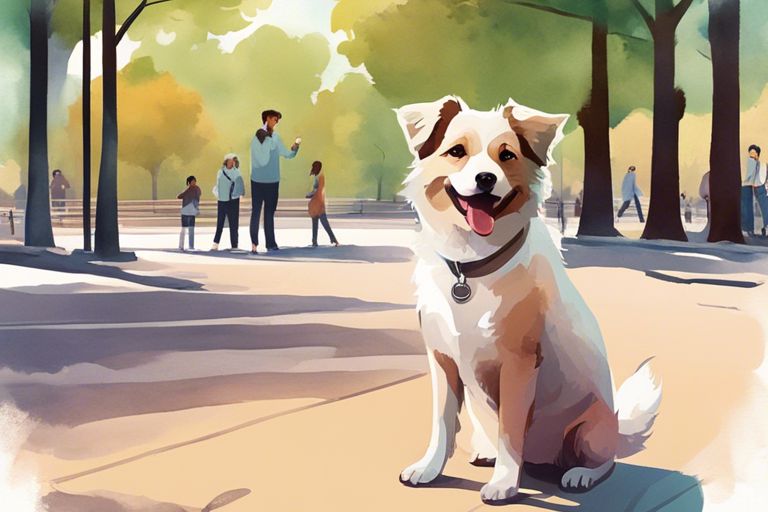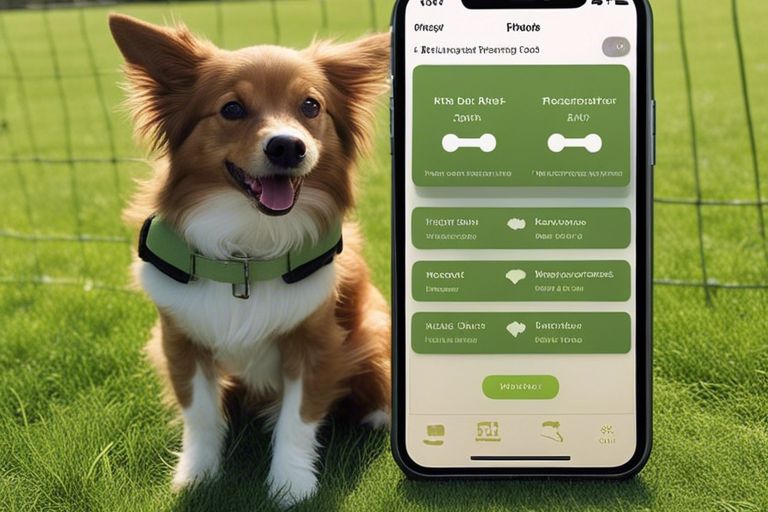As a dedicated dog owner, I understand the importance of socializing your dog with other animals and people. Socializing your dog early on can prevent behavioral issues and anxiety in the future. The best ways to socialize your dog with other animals include organized playdates with other friendly dogs, puppy training classes, and supervised interactions at dog parks. When it comes to socializing your dog with people, it’s crucial to expose your dog to a variety of different individuals, including children, adults, and seniors. This can be accomplished through regular walks in busy areas, inviting friends and family over to meet your dog, and enrolling in obedience classes. Consistency, positive reinforcement, and patience are key when socializing your dog, so be sure to stay committed to the process. By following these best practices, you can ensure that your dog becomes a well-adjusted, well-behaved member of society.
Key Takeaways:
- Early and positive exposure to other animals and people is crucial for socializing your dog. Start the process as soon as possible to ensure they grow up to be well-adjusted and friendly.
- Use controlled environments such as obedience classes or dog parks to expose your dog to new animals and people. This allows you to monitor their behavior and intervene if necessary, while providing a safe and structured setting for socialization.
- Consistency and patience are key when socializing your dog. It takes time for them to learn and adapt to new experiences, so be patient and continue to expose them to different people and animals regularly. Consistency in your approach will help them feel more comfortable and confident in new social situations.

Preparing for Socialization
Some dogs require more socialization than others, but it’s important to start the process early to ensure your pet is comfortable around other animals and people. Before starting any socialization activities, it’s crucial to understand your dog’s individual needs and temperament. 4 Ways To Socialize Your Dog offers great tips for owners looking to get started.
Assessing Your Dog’s Temperament
When preparing for socialization, it’s essential to assess your dog’s temperament. Some dogs may be naturally more fearful or aggressive, and it’s crucial to be aware of these tendencies. Understanding your dog’s temperament will help you tailor your socialization approach to their specific needs, ensuring a positive experience for both your pet and others.
Key Stages of Puppy Socialization
During the early stages of a dog’s life, between seven and twelve weeks of age, they go through critical periods of socialization. This time frame is essential for exposing your dog to a variety of people, animals, sounds, and environments to prevent fear and anxiety as they grow older.
Creating a Positive Framework
To create a positive framework for socialization, start by introducing your dog to a variety of experiences at a pace that suits their comfort level. By gradually exposing them to new situations and people with positive reinforcement, your dog will learn that new encounters are nothing to fear and can even be enjoyable.
Techniques for Socializing with Other Animals
Not all dogs are naturally comfortable around other animals, so it’s important to introduce your dog to other animals in a controlled and positive manner. Here are some techniques for socializing your dog with other animals:
Gradual Introduction
When introducing your dog to other animals, start with a gradual introduction. Let your dog observe the other animal from a distance and gradually move closer as your dog becomes more comfortable. It’s important to monitor your dog’s body language during the introduction to ensure they are not feeling threatened or anxious. This can help prevent any aggressive behavior towards other animals.
Positive Reinforcement
Use positive reinforcement to encourage your dog to socialize with other animals. When your dog shows calm and friendly behavior towards the other animal, reward them with treats and praise. This will help your dog associate positive experiences with being around other animals and encourage them to continue this behavior.
Supervised Playtime
Supervised playtime with other animals can help your dog learn how to interact with them in a positive way. It’s important to supervise the playtime to ensure that both your dog and the other animal are safe and comfortable. If any signs of aggression or discomfort are displayed, immediately separate the animals and try again later.
Professional Training
If your dog is struggling to socialize with other animals, seeking professional training can be beneficial. A professional dog trainer can help assess your dog’s behavior and provide guidance on how to safely and effectively socialize your dog with other animals.
By using these techniques, you can help your dog develop positive relationships with other animals and ensure they can socialize in a safe and respectful manner.
FAQ
Q: What are the best ways to socialize my dog with other animals and people?
A: The best ways to socialize your dog with other animals and people include gradually introducing them to new animals and people in controlled environments, using positive reinforcement techniques to reward good behavior, and providing opportunities for regular and diverse socialization experiences.
Q: How can I introduce my dog to other animals in a safe and effective manner?
A: Introducing your dog to other animals should be done gradually and in controlled environments. Start by allowing your dog to observe the other animal from a distance and use positive reinforcement techniques such as treats and praise to reward calm and friendly behavior. Gradually decrease the distance between the animals over time, always monitoring their interactions and intervening as necessary to prevent any negative experiences.
Q: What are some tips for socializing my dog with new people?
A: When socializing your dog with new people, it’s important to start by exposing them to a variety of individuals in different settings. Use positive reinforcement to reward your dog for calm and friendly behavior around new people, and gradually increase the complexity of socialization experiences. Encourage friends and family to interact with your dog in a positive and gentle manner, and always supervise their interactions to ensure safety and comfort for both your dog and the new people.

